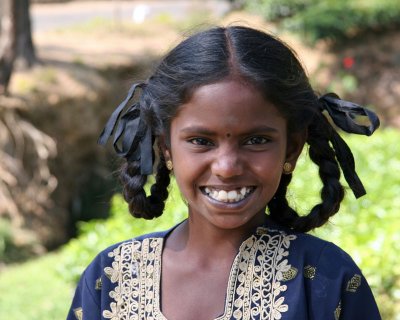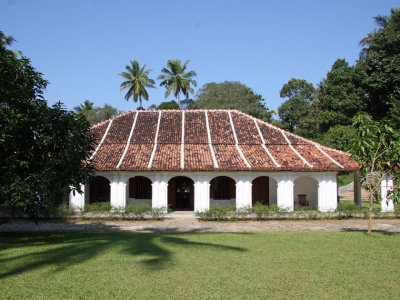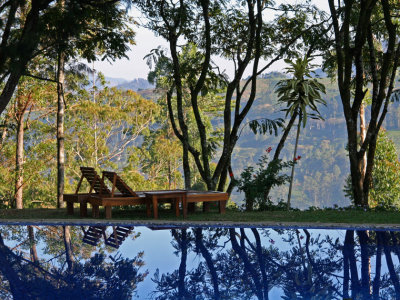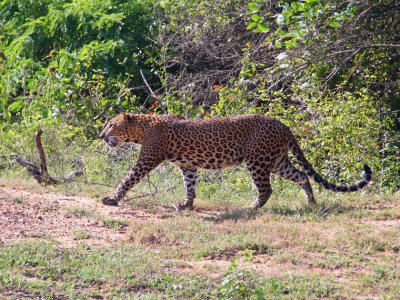





 |
 |
 |
 |
 |
 |
| Howard Banwell | profile | all galleries >> Galleries >> Sri Lanka | tree view | thumbnails | slideshow |

Faces of Sri Lanka |

Negombo to Dambulla |

Polonnaruwa |

Anuradhapura and Mihintale |

Sigiriya |

Kandy |

Tea Country |

South Coast - Yala and Tangalle |

Galle |
| comment | share |
| Guest | 04-Jun-2008 22:15 | |